EU declaration conformity
Duct CO2 controller | 24 V DC
Product description
This controller measures temperature, humidity, and CO2 in air ducts.
Measurement & Control: It performs temperature, humidity, and CO2 measurement, offering EC/AC fan or damper actuator control with a single analog output (selectable).
It provides selectable ranges and fan speed control based on these parameters.
Power & Communication: It operates on 24 V DC. All settings and data are accessible via Modbus RTU. Connection is easy with spring terminal blocks.
Flexibility & Maintenance: The CO2 sensor element is replaceable and self-calibrating.
Documents
Additional specifications and description
Why is CO2 Measurement Essential for Indoor Air Quality and Where Should the Sensor Be Mounted?
Measuring carbon dioxide (CO2) levels in buildings is essential for ensuring indoor air quality, comfort, and energy efficiency. Elevated CO2 levels can indicate poor ventilation, which can lead to health problems, discomfort, and decreased cognitive performance. People produce CO2 or carbon dioxide while breathing. That makes CO2 concentration a good indicator for the occupancy and activity level in a space. In many applications, CO2 sensors are used as an indicator for the ventilation requirements. This HVAC sensor controller measures temperature, relative humidity and CO2 in air ducts. Based on the temperature and humidity, the dew point is calculated. This sensor will function best if it is installed in a straight section of the air duct. Avoid installation in turbulent air zones nearby filters, fans, cooling coils, etc. Position the sensor correctly with respect to the airflow direction. Please consult the mounting instructions for more detailed information.
Measuring carbon dioxide (CO2) levels in buildings is essential for ensuring indoor air quality, comfort, and energy efficiency. Elevated CO2 levels can indicate poor ventilation, which can lead to health problems, discomfort, and decreased cognitive performance. People produce CO2 or carbon dioxide while breathing. That makes CO2 concentration a good indicator for the occupancy and activity level in a space. In many applications, CO2 sensors are used as an indicator for the ventilation requirements. This HVAC sensor controller measures temperature, relative humidity and CO2 in air ducts. Based on the temperature and humidity, the dew point is calculated. This sensor will function best if it is installed in a straight section of the air duct. Avoid installation in turbulent air zones nearby filters, fans, cooling coils, etc. Position the sensor correctly with respect to the airflow direction. Please consult the mounting instructions for more detailed information.
How Does the Sensor Measure CO2 and Control HVAC Devices?
The sensor algorithm controls one output. This output can directly control an EC fan, an AC fan speed controller or a damper actuator. The output value varies proportionally in function of the measured temperature, relative humidity and CO2 level. E.g. as temperature, relative humidity or CO2 level approaches their maximum limit, fan speed will increase or the damper will open. NDIR or Non-dispersive Infrared technology is used to measure the CO2 level. This technology offers a low life-cycle cost and a precise and stable long-term operation.
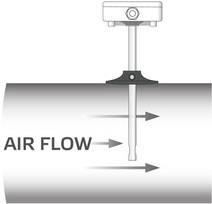
This sensor requires very little configuration. It is almost directly usable once it has been installed. Temperature and relative humidity are often region- and seasonal-specific. These parameters are still adjusted to the correct values during installation. The other default settings will be suitable for most applications. However, they can also be adjusted via the respective Modbus registers if necessary. A different output type, for example, can be selected to make it compatible with other devices: 0-10 V DC; 0-20 mA; 0-100% PWM; Modbus RTU.
What Are the Sensor's Power and Wiring Requirements?
The supply voltage is 24 V DC. The ground terminals of the power supply (V-) and output (GND) are internally not connected. This means that a 4-wire cable is required to connect this sensor. Most 24 VDC power supplies include short circuit, overload and overvoltage protection. A 24 V DC supply voltage improves the safety and dependability of your installation
How Does the ABC Logic Self-Calibrating Algorithm Work?
The ABC logic self-calibrating algorithm is by default enabled. This algorithm is designed to be used in applications where CO2 concentrations will drop to outside ambient conditions (400 ppm) at least once (15 minutes) in a 7day period, which is typically seen during unoccupied periods. The sensor will reach its operational accuracy after 25 hours of continuous operation at a condition that it was exposed to ambient reference levels of air at 400 ppm ± 10 ppm CO2.
What Are the Design and Protection Features of the Sensor Enclosure and Probe?
The enclosure is optimised for CO2 measurements in air ducts. It offers an IP54 protection against ingress of dust and moisture. The sensor element is integrated in the probe of the duct sensor. This probe has an opening to have a direct contact between the air flow and the sensor element. The sensor probe itself offers an IP20 protection.
∞ Monitoring air quality
∞ Monitoring air quality

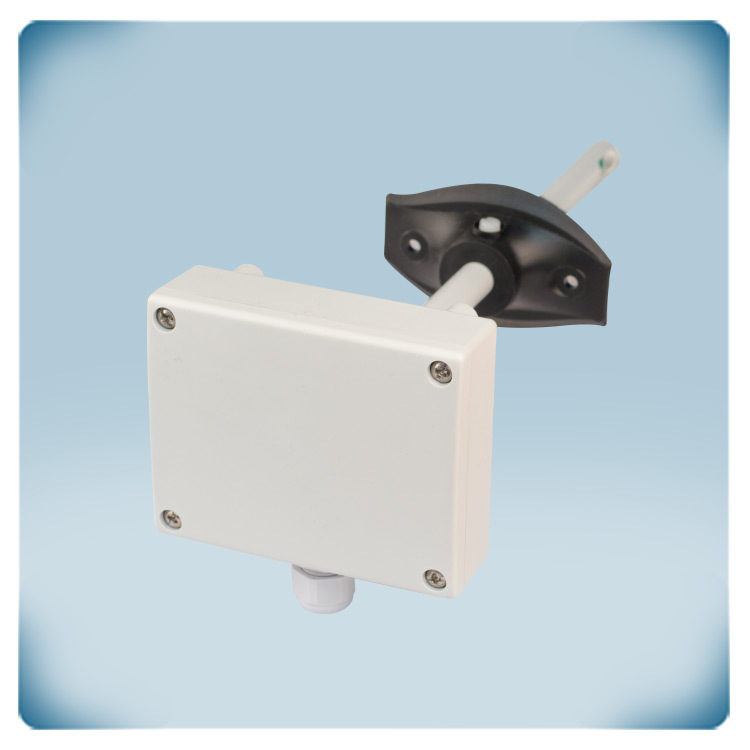
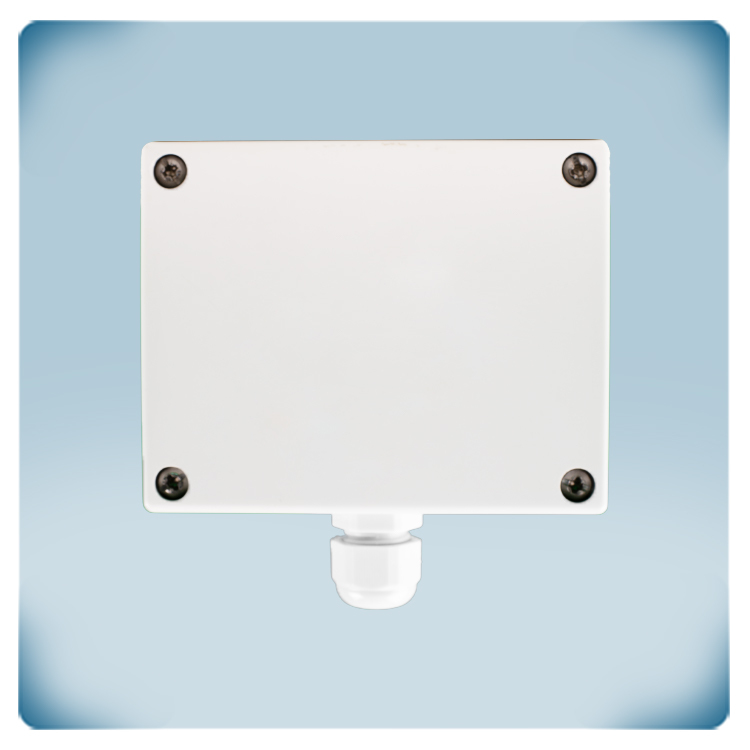
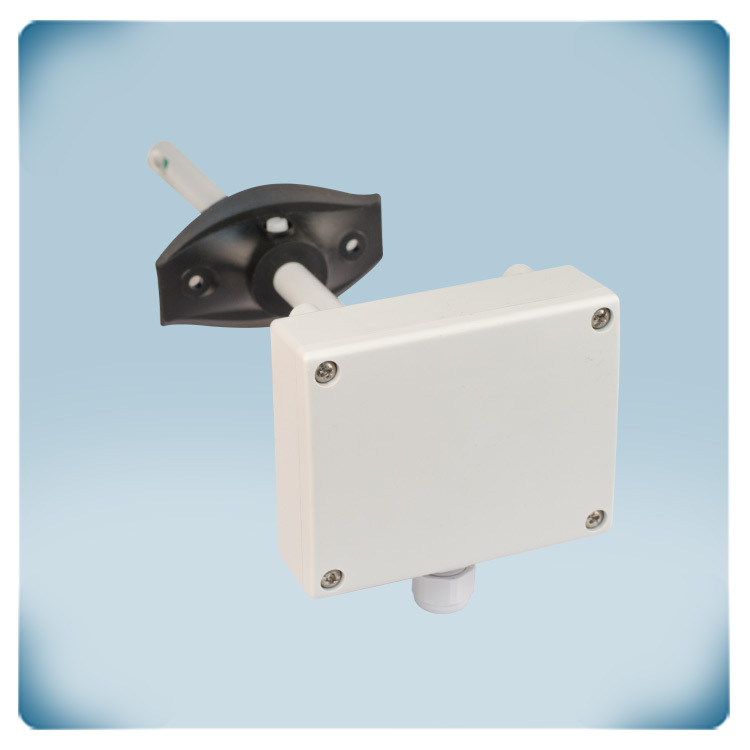
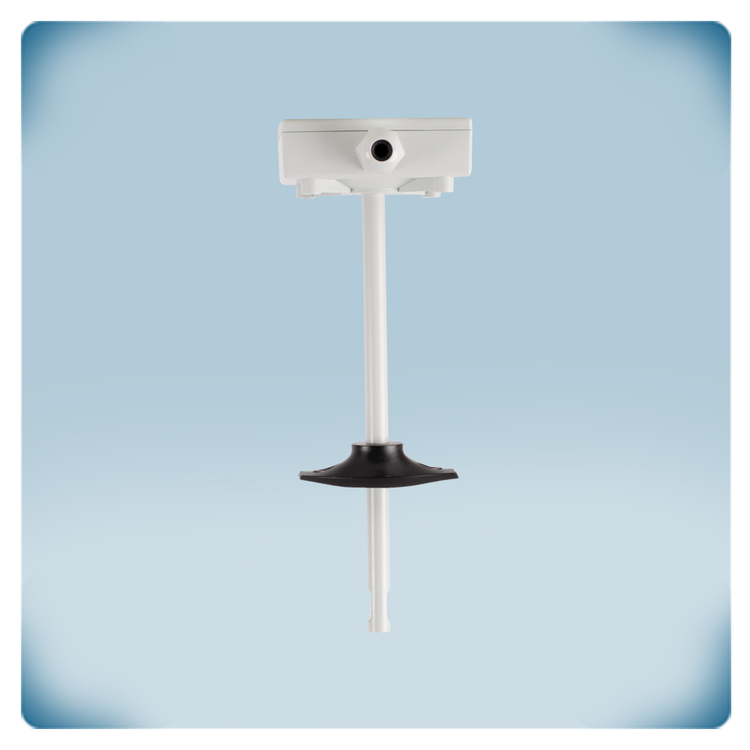
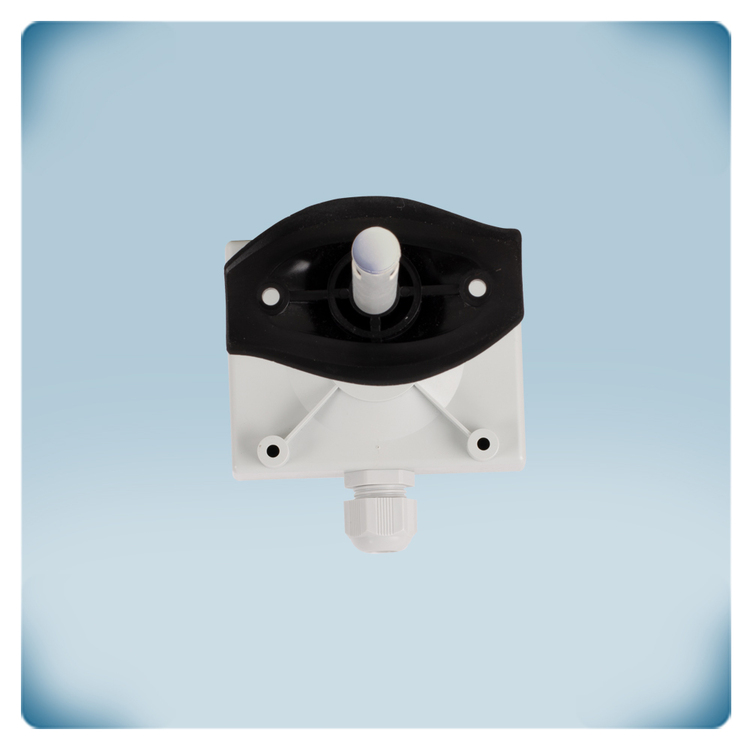
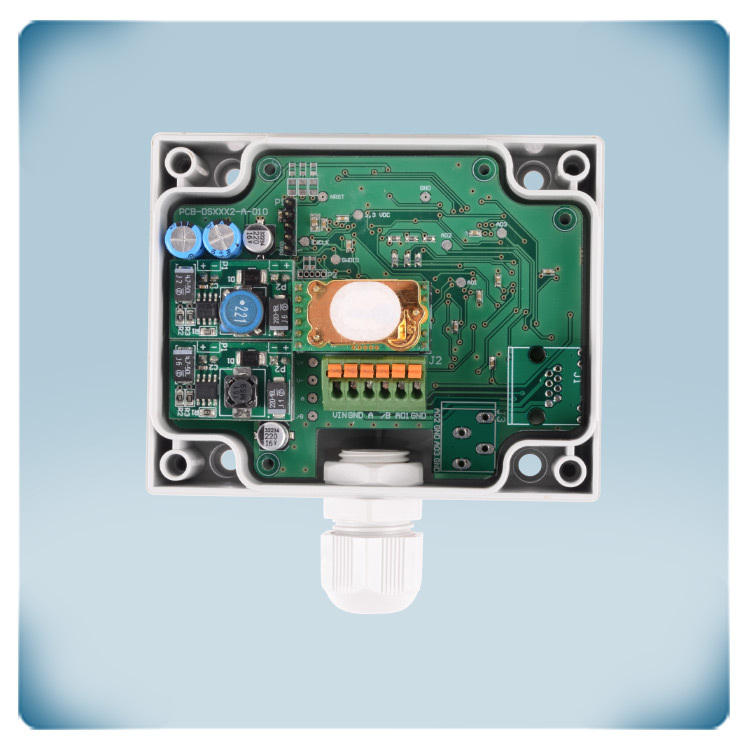
.webp)
.webp)
.webp)
.webp)
.webp)
.webp)
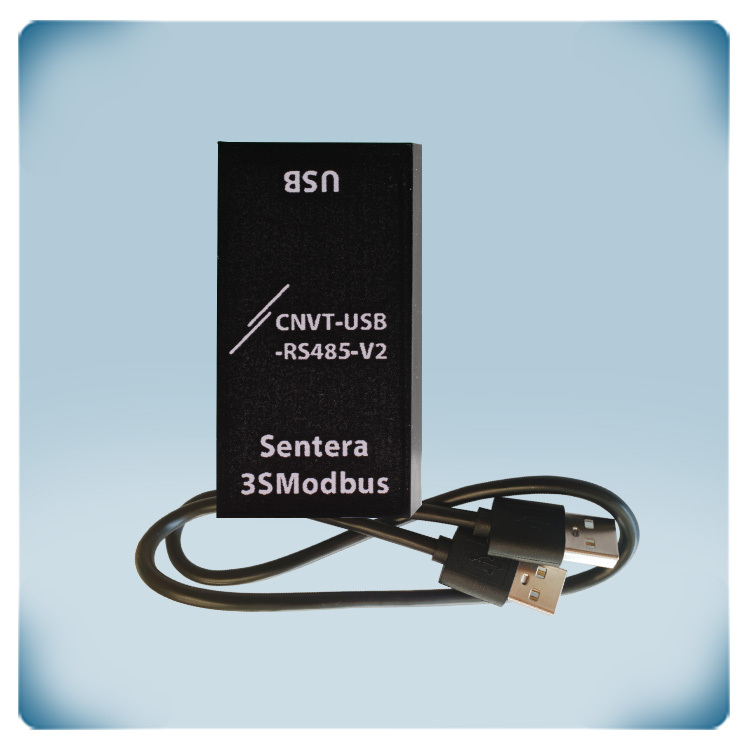

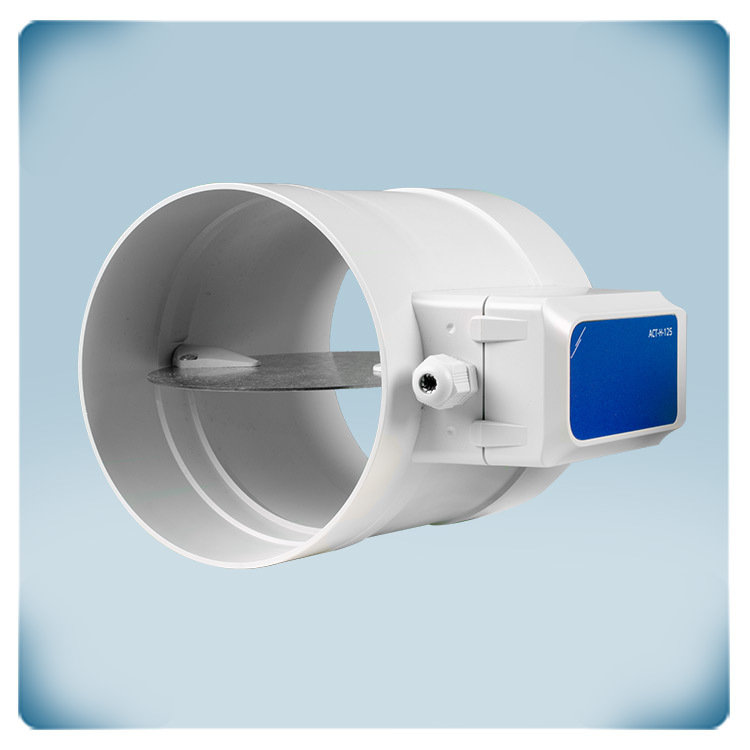

Remarks, reviews & ratings